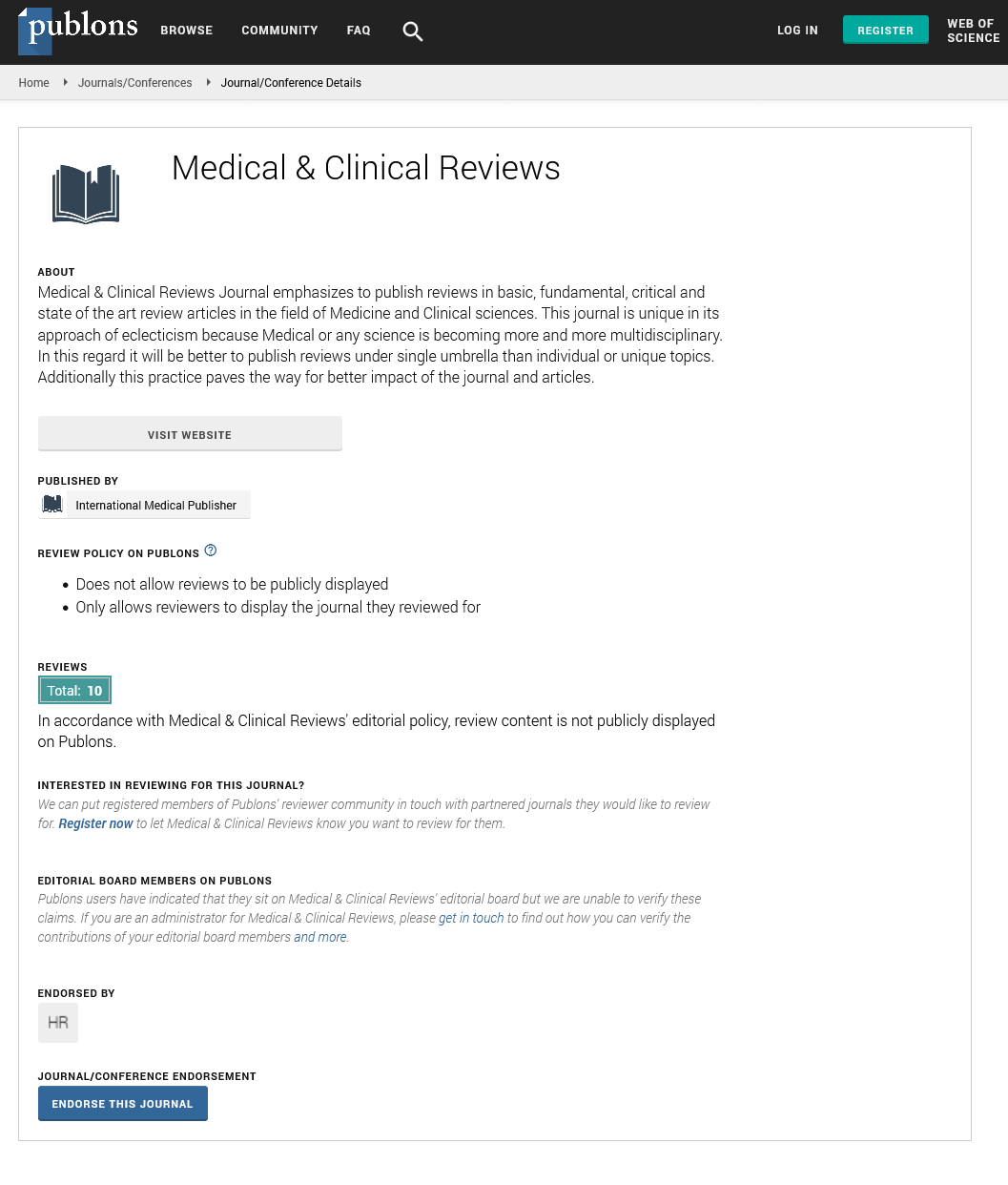Abstract
Determinants of Adverse Pregnancy Outcomes among mothers who gave birth from Jan 1-Dec 31/2015 in Jimma University Specialized Hospital, Case control study, 2016
Background: Adverse pregnancy outcomes lead to serious health consequences to the mother and/or the baby. These Adverse birth outcomes; prematurity, low birth weight and still birth represent significant problems in both developing and developed countries. Adverse pregnancy outcomes are still major public health problems in developing countries including Ethiopia where most pregnancies are unplanned, complications are many and outcomes are generally Unfavorable for both mother and infant.
Objective: To identify determinants of adverse pregnancy outcomes among deliveries takes place in Jimma University specialized hospital from January 1 – December 31 / 2015.
Methods: The study was a facility based unmatched casecontrol study design conducted by reviewing mothers and newborn cards and registration log book who delivered in Jimma university specialized hospital from January 1 / 2015 to December 31/2015, southwest Ethiopia. The study was done on randomly selected 86 cases and 258 controls using structured data collection checklist. Data analysis was done by SPSS version 20 and multiple logistic regression statistical methods were used to identify the predictors.
Result: In this study 344 mothers and newborns cards were included yielding 100% response rate. From this 86 mothers and newborn cards were selected for case group and 258 mothers and newborn cards were selected for control group. Most of the cases 80.2% and controls 82.9% were between the age group of 20-34 years. Mothers who are referred for delivery service from other area are more than five times to have adverse pregnancy outcomes than mothers who are not referred, AOR=5.49 95% CI [2.80-10.76]. And mothers who had illness during current pregnancy are seven times to be case than controls, AOR=7.22, 95% CI [1.65-31.58]. Mothers who attend ante natal care (ANC) were 83% less likely to have adverse pregnancy outcome, than mothers who didn’t attended ANC follow up, AOR = 0.17 95% CI [0.06-0.49]. Pregnant mothers who are anemic or had hemoglobin level of less than 11 gram/dl are more than seven times to have adverse pregnancy outcomes than non-anemic pregnant mothers, AOR=7.29 95% CI [2.85-18.67]. Additionally, women who had obstetric emergencies during current pregnancy, complications during current delivery, and multiple pregnancy are more than 18 times AOR=18.40[6.12-55.37], 2 times AOR=2.65[1.38-5.11] and 7 times AOR=7.59[1.49-38.65] to have adverse pregnancy outcomes than their counterparts respectively.
Conclusion: According to the findings of this study; referral, illness during current pregnancy, having ANC attendance, anemia during current pregnancy, complication during delivery, multiple pregnancy and having obstetric emergencies are statistically significant predictors of adverse pregnancy outcomes.
Author(s):
Eyosiyas Yeshialem, Nigus Alemnew, Mulumebet Abera and Amanuel Tesfay
Abstract | Full-Text | PDF
Share this

Google scholar citation report
Citations : 906
Medical & Clinical Reviews received 906 citations as per google scholar report
Medical & Clinical Reviews peer review process verified at publons
Abstracted/Indexed in
- Google Scholar
- China National Knowledge Infrastructure (CNKI)
- Directory of Research Journal Indexing (DRJI)
- WorldCat
- Publons
- Secret Search Engine Labs
Open Access Journals
- Aquaculture & Veterinary Science
- Chemistry & Chemical Sciences
- Clinical Sciences
- Engineering
- General Science
- Genetics & Molecular Biology
- Health Care & Nursing
- Immunology & Microbiology
- Materials Science
- Mathematics & Physics
- Medical Sciences
- Neurology & Psychiatry
- Oncology & Cancer Science
- Pharmaceutical Sciences


